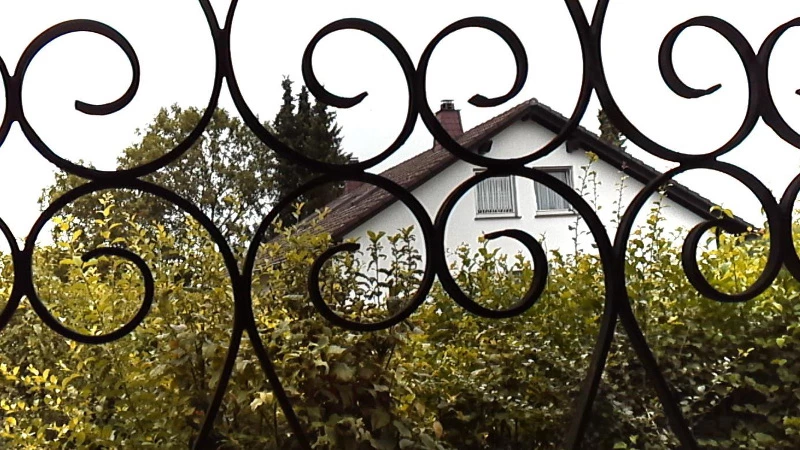Microscope Camera: Using the Camera without Microscope
Published on August 24, 2016 by TIS Marketing.
Originally published in Mikroskopie in January 2016, this article was written by J. Piper and M. Torzewski. The English translation, written by Amy Groth, was serialized into: 1, 2, 3, 4, 5, 6, 7, 8, 9, 10 and 11.
Using the Camera without Microscope
Since the camera body has its own lens with autofocus and zoom function, it can in principle be used as an imaging device on its own. The lens-free tube was removed here for reasons of expedience since its outer edge cast a round shadow in the field of view. It was found that this 'mini-camera' has a very wide range of settings: from infinity to approximately 4 cm. At the minimum focusing distance an object length of 5.5 cm was recorded (this corresponds to an aspect ratio of 1920 x 1080). Even here, the zoom can be used freely. The sample images shown in Figs 18, 19 and 20 attest to the camera's large depth of field and high image resolution in stand-alone operation. More advanced macro functionality can be realized by equipping the camera with a close-up filter and flash system which can work to augment the camera's own zoom optics. For orientation purposes, an achromatic close-up filter and flash system (20 diopters) from 'Magniflash' was used in such a way that at minimum focusing distance (without activation of the zoom) an object length of 2.5 cm was measured with high resolution, sharp focus and with little influence from field curvature in the way of image distortion. If motion blur is to be avoided, however, a set up like this is no longer manageable without an adjustable tripod. The 'Magniflash' system was examined in depth in an earlier issue of this magazine (Mikroskopie 2014;1: 39-51).



